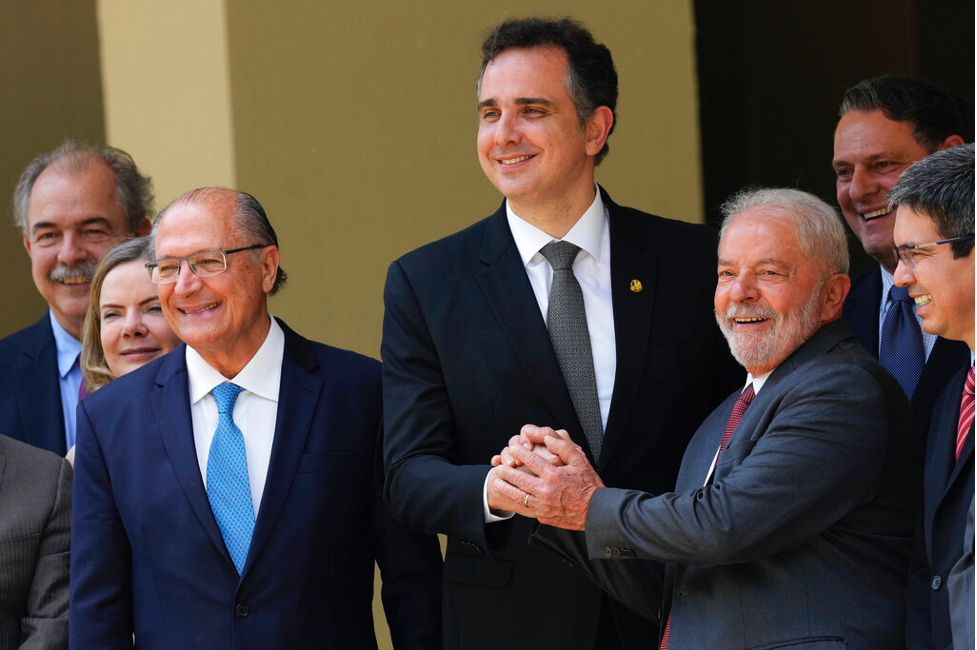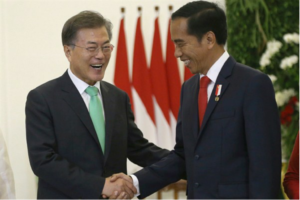
Despite large-scale concern, Brazil’s recent election went smoothly, with a democratic transition of power and little-to-no trouble. Brazil’s recent political events bear a heavy resemblance to the United States. The U.S. should learn from Brazil’s experience, especially concerning the importance of time, centralization, and the control of misinformation.
The 2022 Brazilian elections contained a heated race between the right-wing incumbent, Jair Bolsonaro, and the left-wing former President, Luiz Inácio Lula da Silva. These candidates draw a strong parallel to the United States 2020 candidates where the right-wing incumbent, Donald Trump, ran against an experienced left-wing challenger, Joseph R. Biden. However, following the 2020 US elections, the country erupted into a state of disarray, as Trump and many of his supporters refused to accept his election loss. Trump and his hardcore supporters, labeled by the media as “Maga Republicans,” claimed the election was rigged and staged one of the most violent attacks on the Capitol that has been observed to date. On the other hand, Brazil’s future seems like smooth sailing, with few (if any) problems observable.
It is time for America to learn from its mistakes, and take from Brazilian polling approaches and their way of tackling post-election conflict.
A large part of American disarray can be attributed to the amount of time it took for the election results to be finalized. Since the United States still uses paper ballots in their elections, the process of counting and finalizing is much slower, especially since the number of mail-in ballots was greatly increased due to the existence of the pandemic. Therefore, Americans waited almost a full week to receive the final election results. Trump and his supporters used this time to take to social media, spreading false news and accusing the elections of being fraudulent.
On the other hand, Brazil is the first country to completely eradicate the use of paper ballots in their elections, relying entirely on a computer-automated system. Although many, including Bolsonaro, fear that such a system leaves the elections more open to fraudulent actions, the country has taken extensive actions to make sure that the machines are sound. This can look like anything from standard checks and updating the software, to having people come in and attempt to break into the machines as a test of their durability. This decreased processing time allowed Brazil to claim larger legitimacy in the eyes of the citizens.
Moving to post-election events, a large contributing factor to the United States’ chaos during this period was the decentralization of their voting systems. In the United States, voting rules differ from state to state, and even from county to county. Additionally, the United States has been listed as one of the few democracies that still lacks a central agency for tallying votes in national elections. In the U.S, the decentralization of voting rules and mechanisms leaves the country open to a larger influx of misinformation.
Brazil, on the other hand, has a central electoral court that runs the elections and is staffed by federal judges. Despite this more centralized approach, Brazil doesn’t allow any one federal judge to possess too much power, their seats are frequently rotated. Through a more centralized approach, Brazil reduces the amount of post-election conflict and misinformation they face and contributes to the efficiency and comprehensibility of its election systems.
Within Brazil, there was also the presentation of a unified front. The country made quick efforts to announce the election and transfer power to Lula. Although Bolsonaro denied the election results for two days, with the convincing of his close council, he came to his senses and quickly gave up his power to Lula, creating a quick and peaceful election that was accepted by virtually all members of government.
Although Brazil was able to mitigate some misinformation through the specific actions described above, every election is bound to face its share of misinformation. The big thing, then, to determine is the best way to deal with this misinformation.
When the United States was hit with masses of misinformation, primarily through social media, they took a hands-off approach, allowing the social media companies to have full discretion in dealing with misinformation. Although these companies attempted to funnel out as much of this as possible, they weren’t able to get a lot of it, and this is what caused such intense post-election conflicts in the United States.
This speaks of misinformation, and the United States’ inability to control it threatened the stability of the democracy, as their voting institution was being heavily criticized on the internet by thousands of citizens. The citizens being unhappy with the voting systems in place shows signs of the basis of democracy eroding.
Taking a slightly riskier approach, Brazil put a Supreme Court Justice named Alexandre de Moraes in charge of combatting instances of spreading misinformation. He took it upon himself to order social media companies to take down thousands of posts that spread misinformation about the election and claimed that it was fraudulent. Moraes was able to successfully mitigate the spread of misinformation within the country, preserving the legitimacy of their voting procedure to a higher extent than the United States was able to muster.
Therefore, although Brazil’s democracy is quite a bit newer than that of the United States, its voting methods and actions to combat election-related chaos can be used as a model for the United States to avoid future corrosion of democratic legitimacy.



